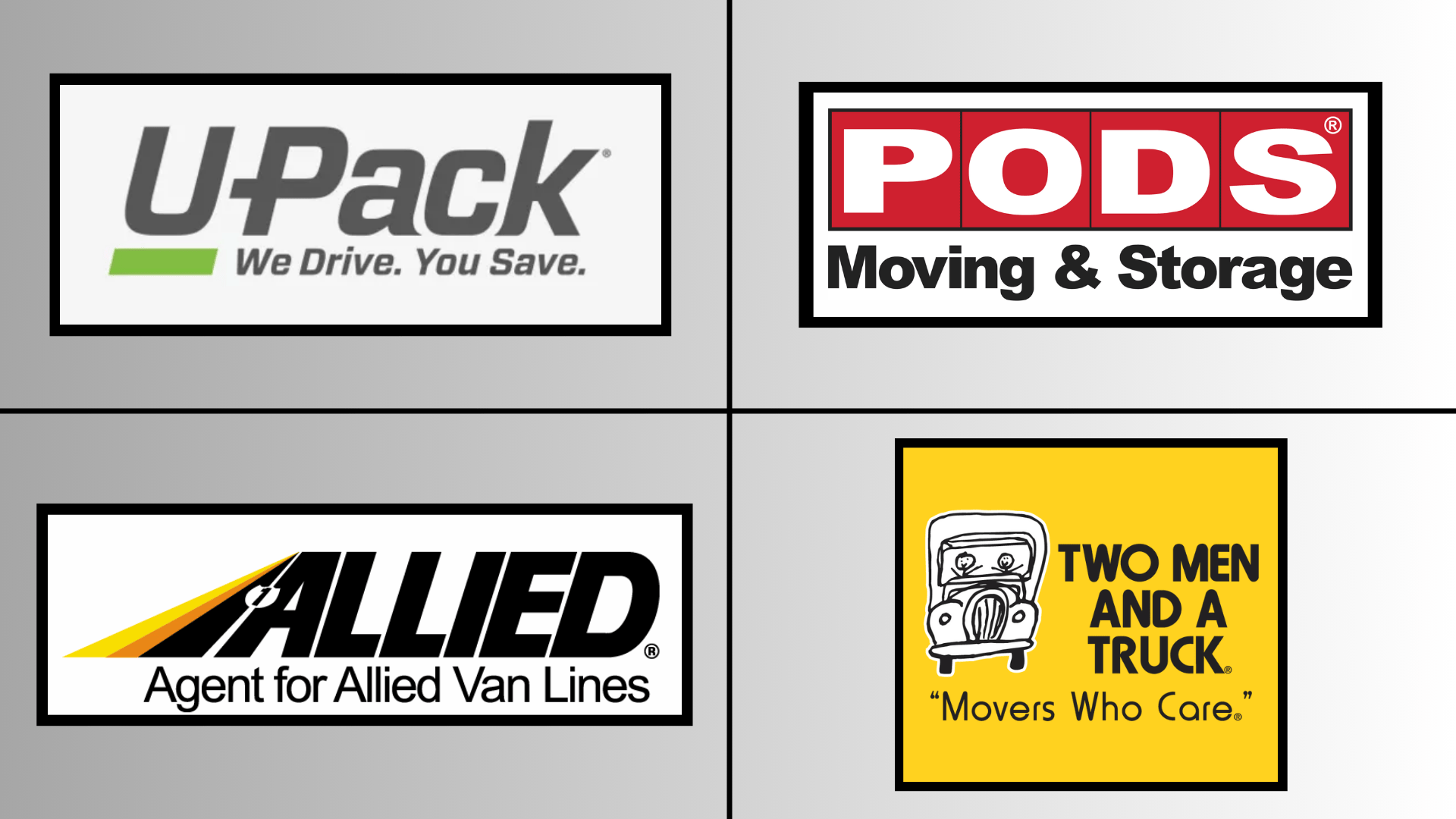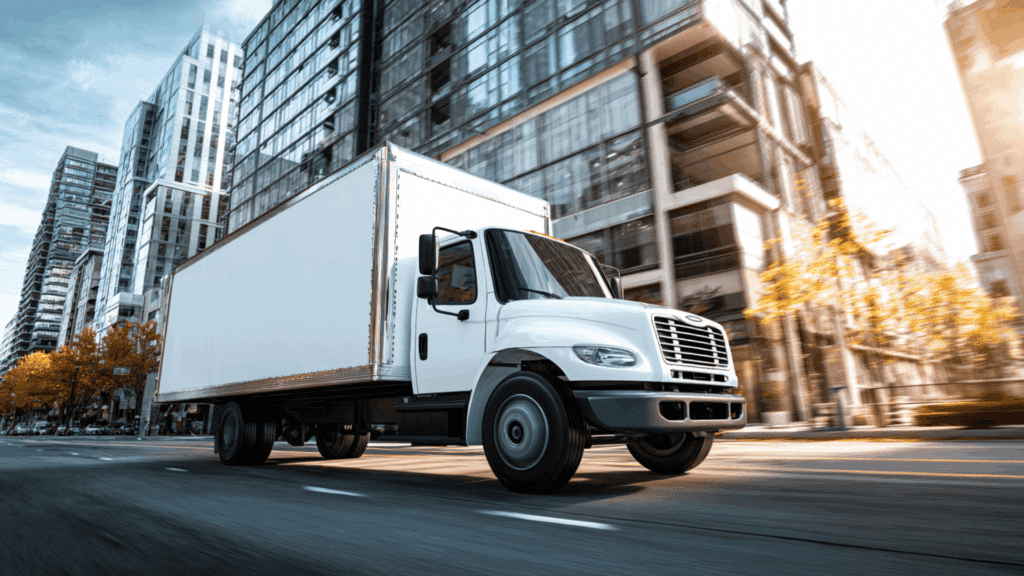Moving cross-country isn’t just about getting from one state to another; it’s about rebuilding your daily life from the ground up.
I’ve seen how overwhelming it can feel when you’re staring at miles of distance, tight deadlines, and a house full of boxes. But with the right approach, that chaos turns into a manageable plan.
I’m here to walk you through the real challenges of long-distance moves, the different ways to get your belongings across the country, how to budget wisely, and what to handle before, during, and after the big day.
Let’s start by looking at the biggest challenges people face and how a solid plan can make all the difference.
Challenges of Moving Across States: How to Plan for Them
I’ve moved long distances before, and I can tell you, it’s not just about packing boxes. It’s the distance, the cost, the time it takes, and the stress of keeping everything in order.
A cross-country move can feel like juggling ten things at once. When you’re traveling hundreds or even thousands of miles, there’s more to manage than just logistics.
You’ll deal with scheduling movers, tracking timelines, and staying within your budget. Plus, there’s the emotional side; leaving familiar places and adjusting to something completely new.
That’s where planning makes all the difference. If you start early, create a clear checklist, and set deadlines, the process feels a lot more manageable. Breaking things down week by week helps avoid last-minute panic.
Try keeping one main moving binder or digital folder for everything: quotes, receipts, timelines, and checklists. It saves time and cuts confusion when moving day arrives.
The more organized you are upfront, the smoother your move will feel.
Cross Country Moving Methods

When it comes to moving cross-country, you’ve got a few main ways to do it. The right choice depends on how much time, money, and energy you’re willing to put in.
DIY move:
If you rent a truck and handle everything yourself, you’ll save money, but you’ll do all the heavy lifting.
You’ll need to drive long hours, manage loading and unloading, and cover gas, tolls, and lodging. It’s affordable but takes the most effort.
Container services:
Companies like PODS or U-Pack drop off a container, you fill it, and they handle the transport.
It’s a nice middle ground; less physical work than DIY, but more control and flexibility than hiring movers. Costs vary based on container size and distance.
Full-service movers:
This is the hands-off option. The movers pack, load, drive, and unload everything for you. It’s convenient and saves time, but it’s also the most expensive. Perfect if you’re short on time or can’t handle the labor.
When deciding, think about three things:
- Distance: Longer moves might make full-service movers more worth it.
- Time: If your schedule is tight, you’ll value convenience over savings.
- Budget: If you’re watching costs, containers or DIY options give you more control.
Sometimes, mixing methods works best, like packing yourself but hiring pros for transport. It keeps costs reasonable without adding too much stress.
Professional Moving Services: Long Distance Movers

Hiring professional movers takes a lot of weight off your shoulders, especially for a cross-country move.
Most moving companies offer packing, loading, transport, and unloading services. Some also provide unpacking and setup if you choose a full-service package.
What they don’t handle are your personal tasks like paperwork, utility transfers, or deciding what to bring.
Before you pick a company, always compare quotes, insurance coverage, reviews, and licenses to make sure you’re hiring someone reliable.
1. U-Pack
U-Pack lets you pack your belongings while they handle the driving. You pay only for the space you use, which makes it flexible and cost-effective. It’s ideal if you want to stay hands-on but avoid driving a big truck.
2. PODS
PODS drops off a container at your home, you pack it, and they move it to your new location. You can even keep the container for storage if your new place isn’t ready yet. It’s a convenient option for flexible timelines.
3. Allied Van Lines
Allied Van Lines offers full-service moving with packing, loading, transport, and even car shipping. They’re known for experience and reliability, making them a strong choice if you want a smooth, hands-off move.
4. Two Men and a Truck
Two Men and a Truck handles both local and cross-country moves. They offer packing help, loading, and unloading. Their “Value Flex” program is great for smaller or budget-friendly long-distance moves.
In my experience, getting quotes from at least two or three companies gives you a clearer sense of cost and service quality. The extra comparison always pays off in peace of mind.
Cost Comparison: Quick Look
| Company | Average Cross-Country Cost Range (USD) | Notes |
|---|---|---|
| U-Pack | $2,400 – $7,300 | Costs vary by home size: around $2,400 for a 1-bedroom move up to $7,300 for a 5-bedroom move. Ideal for those who pack themselves but want transport handled. |
| PODS | $3,000 – $4,600 | Price range covers most long-distance moves. Full-service options for 2–3 bedroom homes can reach about $5,700. Offers flexibility and storage options. |
| Allied Van Lines | $3,500 – $9,000 | Based on distance and weight (around 7,000 lbs for mid-size homes). Known for reliable full-service moving, including packing and car transport. |
| Two Men and a Truck | $5,000 – $23,000 | Large cost range due to varying distances and services. Best for flexible, customized long-distance or cross-country moves. |
Budgeting and Cost Breakdown
From what I’ve seen, cross-country moves can get expensive fast. The cost depends on how far you’re going, how much stuff you have, and what kind of help you hire. Having a budget early keeps surprises to a minimum.
The average cross-country move usually costs between $2,400 and $25,000. Smaller moves or partial services fall on the low end, while full-service jobs hit the higher side.
If you’re doing a DIY move, your main expenses are truck rental, gas, lodging, and packing materials. It’s cheaper upfront, but it takes more time and effort.
Container services like PODS or U-Pack often land in the middle. You’ll handle the packing yourself, but skip the long drive. The cost depends on how much space you need and how far you’re moving.
For full-service movers, expect to pay the most but do the least. The convenience of having everything packed, moved, and unloaded for you comes at a higher price. Still, for many people, the saved time and reduced stress make it worth it.
Here are a few quick ways to stretch your budget further:
- Get at least three quotes before deciding.
- Move during the off-season if possible; spring and fall are usually cheaper.
- Declutter before packing to lower your total load weight.
- Use recycled or free boxes from local stores to save on supplies.
Preparing, Packing, and Decluttering

Declutter and Prepare Your Home
Before you grab a single box, go room by room and see what you can let go of. Moving less means spending less and unpacking less later.
- Sort by category: Keep, donate, sell, or toss.
- Sell items online or through a garage sale to make a little extra cash.
- Donate things that are in good shape but not worth moving.
- Toss what’s broken or outdated.
As you do this, keep an inventory list of what you’re taking. I like to use my phone to take quick photos; it’s handy for insurance and helps track what’s in each box later.
Packing Smart
Once you’ve cut down on clutter, it’s time to start packing in a way that saves space and stress.
- Gather supplies: Boxes, tape, bubble wrap, markers, and stretch wrap.
- Pack heavier items in small boxes and lighter items in large ones.
- Wrap fragile items with towels or clothes to save on packing materials.
- Label every box with its contents and destination room.
Don’t forget to pack a “first-night” box with essentials like clothes, toiletries, phone chargers, snacks, and important papers. It’ll save you from digging through boxes after a long day of travel.
Handling the Admin Tasks: Taking Care of the Paperwork
The paperwork side of moving isn’t the most exciting part, but it’s one of the most important. I’ve seen moves fall apart because small details like mail forwarding or utility transfers were left until the last minute.
Start by changing your address with the USPS so your mail follows you. Then update it with your bank, credit cards, and any subscriptions that send deliveries. It’s one of those simple things that can cause headaches if you forget.
Next, transfer or cancel your utilities at your old place and schedule service at your new one. That includes electricity, water, internet, gas, and trash pickup. Try to set up the new accounts a few days before you arrive so everything’s ready when you move in.
Don’t skip your insurance updates either. Moving across state lines might mean new auto, renters, or home insurance requirements. Check your policies and make sure your coverage carries over during the move.
Finally, gather and transfer important records: medical files, school documents, and vet records if you have pets. Keep digital copies stored somewhere safe, just in case.
Moving Day Tips
As I see it, when you stay organized and present, moving day feels less chaotic. Here are a few things to keep in mind before you head out:
- Final walk-through: Check every room, closet, and drawer before locking up. Take photos or a short video if you’re leaving a rental.
- Oversee the movers: Make sure boxes are labeled clearly and fragile items are handled with care. Stay nearby to answer questions and keep things on track.
- Keep essentials with you: Carry important documents, medications, chargers, and your “first-night” box instead of packing them on the truck.
Travel Logistics for Moving Cross Country
Once everything’s packed and ready to go, the next step is figuring out how you’ll get yourself, your family, and your pets across the country.
| Travel Option | What to Know | Best For |
|---|---|---|
| Driving Yourself | Plan your route, rest stops, and overnight stays. Check your car before the trip and pack an emergency kit. | Those who want flexibility and control over timing. |
| Flying | Book flights early, keep documents and medications in a carry-on, and arrange transport from the airport. | Long-distance movers who prefer speed and convenience. |
| Shipping a Vehicle | Choose between door-to-door or terminal drop-off delivery. Compare transport quotes and insurance. | Anyone who doesn’t want to drive their car cross-country. |
| Traveling with Pets | Bring food, water, toys, and vet records. Check airline or hotel pet policies ahead of time. | Pet owners who want to keep animals comfortable and safe. |
Give yourself some flexibility, keep your essentials nearby, and focus on arriving safely rather than rushing the journey.
Wrapping Up
Moving cross-country takes patience, planning, and a bit of flexibility. Once the boxes are packed and the paperwork’s done, it’s really about settling into a new rhythm.
I’ve found that focusing on what’s ahead, new routines, neighbors, and opportunities, helps make the long journey worth it.
No move is ever perfect, but every challenge teaches you something valuable about organizing, adapting, and letting go of what no longer fits.
Take things one step at a time, stay organized, and give yourself room to adjust once you arrive.





